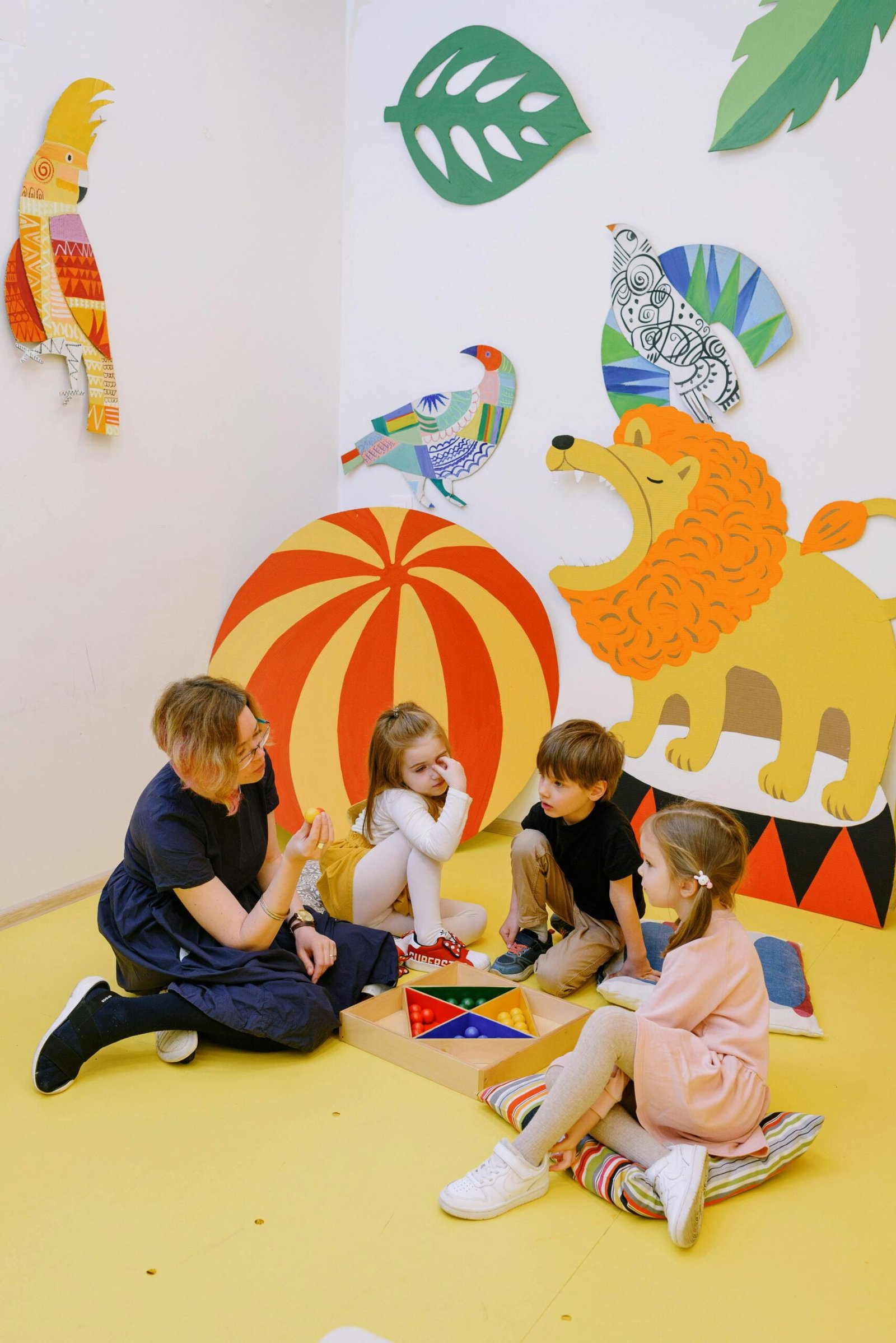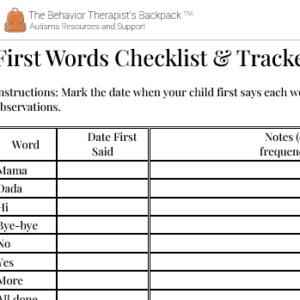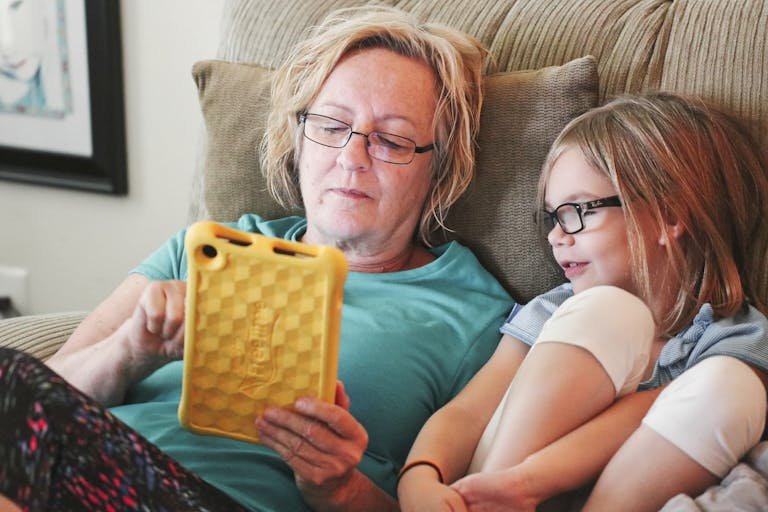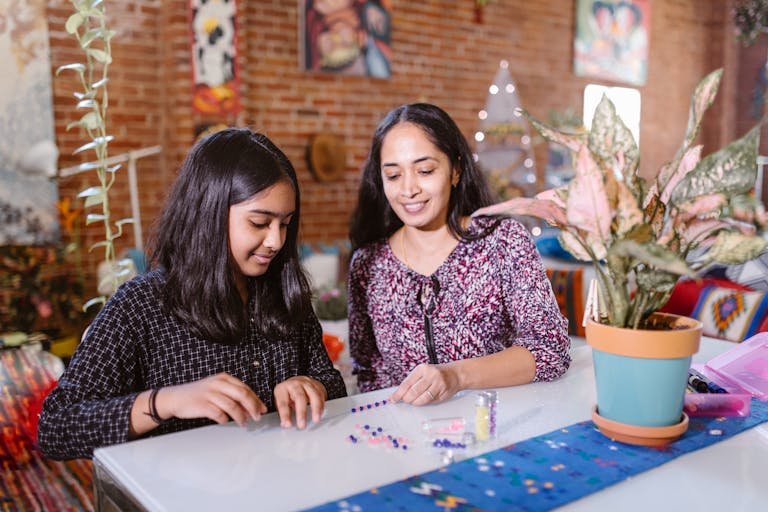
Social skills are a key part of helping children build relationships, communicate effectively, and navigate different social situations. But for children with autism, learning these skills can be more challenging. The good news? With the right approach and evidence-based strategies, real progress is possible.
Understanding Autism and Adapting Your Approach
Autism exists on a spectrum, which means every child experiences it differently. There’s no one-size-fits-all solution. The first step is understanding your child’s unique strengths and challenges so you can create a supportive learning environment tailored to their needs.
Effective Strategies for Teaching Social Skills
Let’s go over some proven strategies that can make a big difference:
✅ Behavioral Skills Training (BST) This structured method helps teach social skills step by step:
- Instruction: Explain the skill clearly. For example, if teaching turn-taking, say, “When playing a board game, we take turns rolling the dice.”
- Modeling: Demonstrate how it’s done. Show the child how to wait for their turn during a game or a conversation.
- Rehearsal: Give the child a chance to practice. Have them engage in a simple turn-taking activity with a peer or parent.
- Feedback: Offer positive reinforcement and guidance. Say, “Great job waiting for your turn! That’s how we play together.”
- Generalization: Help them use the skill in different settings, like at school, at home, or on the playground.
✅ Parent-Implemented Interventions Parents play a huge role in reinforcing social skills at home. For example, during mealtime, parents can encourage eye contact and simple conversation by asking, “What was the best part of your day?” and waiting for a response.
✅ Peer-Mediated Interventions Children often learn best from their peers. Encouraging structured group play—such as playing a cooperative game like building a block tower together—can help children practice sharing and collaboration.
✅ Social Narratives Developed by Carol Gray, social stories explain social situations in a simple, clear way. For example, a social story about going to the doctor might describe what will happen step by step: “First, we will check in at the front desk. Then, we will sit in the waiting room until the nurse calls our name.”
✅ Positive Reinforcement Recognizing and rewarding good social behavior increases the chances of it happening again. For instance, if a child greets a friend with “Hi!” and a wave, parents or teachers can respond with, “That was a great greeting! High five!”
✅ Video Modeling Watching videos of real-life social interactions can help children understand and imitate appropriate behaviors more easily. For example, a child can watch a video of a conversation where two kids take turns talking and then practice the same interaction with a sibling.
✅ Visual Supports Many children with autism learn best visually. Tools like picture schedules, social scripts, and cue cards provide structure and clarity, making social situations easier to navigate. For instance, a visual schedule for a playdate might include pictures of greeting a friend, playing together, and saying goodbye.
Building Toward Greater Independence
Teaching social skills is a journey. It takes patience, practice, and consistency. But every small step forward builds confidence and independence, helping children connect with others in meaningful ways.
💡 Want more tools and resources to support your child’s social development? Explore our specialized materials designed to make learning social skills easier and more engaging. Together, we can help every child thrive!










